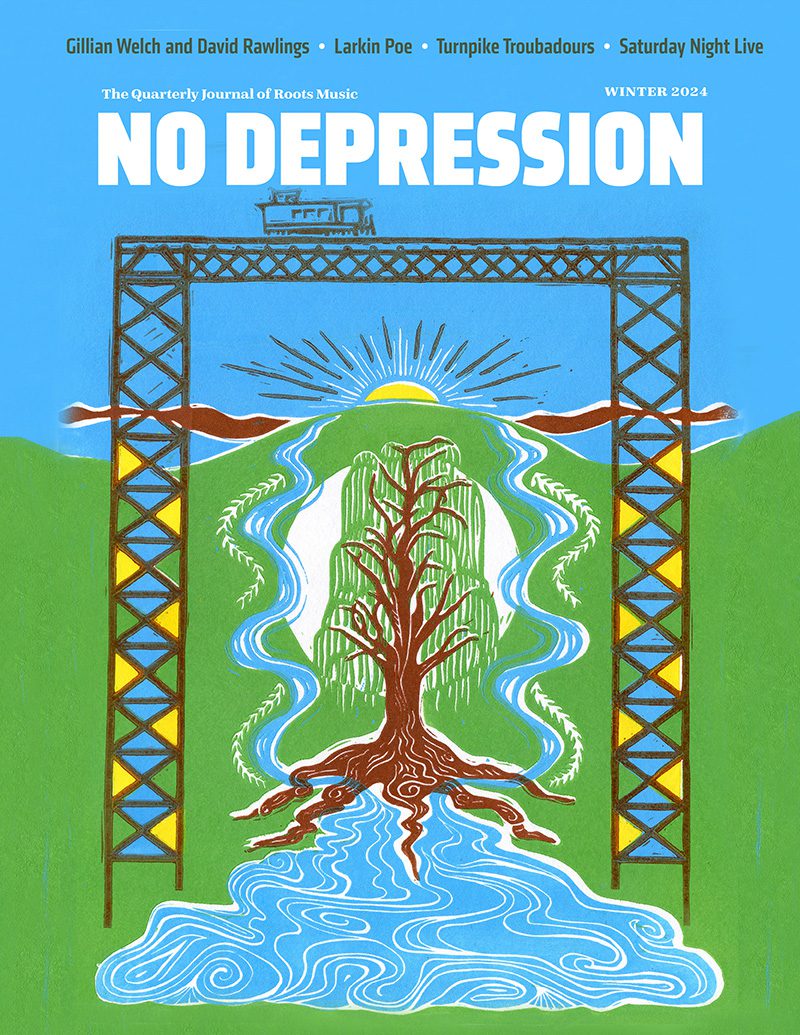John Fogerty – Double fantasy
Yet the lack of a more colorful image beneath the flannel shirts all but obscured the fact (at least at the time) that almost all of the band’s music was written, sung, arranged and produced by John Fogerty, who also served as the band’s manager. As Creedence’s auteur, he sustained the kind of whiplash output that had sent Bob Dylan into seclusion after a perhaps apocryphal motorcycle accident, that likely contributed to the breakup of the Beatles (and most certainly to the end of their touring), that consigned Brian Wilson to his living-room sandbox while the Beach Boys continued on the road without him.
Somehow, while most of rock had slowed its industrial metabolism, that breakneck pace seemed to intensify the flow of Fogerty’s creative juices. The more he stoked the furnace, the hotter it burned. And the more pressure he put on himself, the more the band appeared to thrive.
But eventually, perhaps inevitably, the band that had so quickly become such a popular phenomenon imploded. As Fogerty had sung so poignantly in “Lodi” (though not about Creedence), “Things got bad, and things got worse, I guess you know the tune.” There was all of what he calls “the crap” he went through with Fantasy Records, the tiny independent label Creedence had enriched beyond anyone’s wildest imaginings but which had refused to renegotiate the contract in light of the band’s skyrocketing popularity (a common industry practice).
There was also disgruntlement within the group over Fogerty’s autonomous control, though it was hard to argue with the results. By 1972, Fogerty’s older brother, Tom, had split for a solo career, and the rest of the band was in revolt, disbanding in the wake of the lackluster Mardi Gras. And the mojo, the magic, or whatever it was, seemed to vanish. Not that Fogerty quit making music as a solo artist, but the three-albums-a-year-pace that had come so easily to him slowed to one album every decade or so — a series of comebacks — with even the best of them the result of laborious trial and error.
“Put it this way — ten years or so ago I released an album called Blue Moon Swamp,” he says. “And it’s really nice, a really good album [as well as that year’s Grammy winner for best rock album]. But it had been ten years or more since the album before it. And I had been writing songs all that time and then went into the studio and was pretty much recording for five years. That was hell. But you keep working because I didn’t know what to do. If you’re not getting good stuff, you have to keep working.
“With this album, Revival, I basically did not even start the writing until just after the first of this year. And I was hoping to have an album released this year, but experience has taught me to just to do the best I can. Happily, things were very clear — that’s the best way I can explain it. I didn’t write a song every day by any means, but the normal process of songwriting, which I have followed since I was 16, was the same. It’s just that the result was better.”
Hence, the title: “It was my wife’s [Julie’s] idea. She explained to me that basically you’ve been on this long, long journey. Way back when, things were good. And then things went sour. And then you had a long, hard time when things were pretty bad and negative. And now you’ve seemed to have arrived at a place where you are very happy — which is true — and your music reflects that. You seem to have an understanding — I would use clarity — of how to express yourself. And that sounds like a revival to me.”
It sounds like a renewal, as well, a return to a sound that exists outside time and trends but remains very specifically rooted in place — a mythic south that the kid who had been born on the bayou of Berkeley, California, and raised in the nondescript East Bay suburb of El Cerrito had visited through the radio and his record player years before he ever made it there in person.
From his phrasing (‘boinin’,” “toinin'”) through his material steeped in atmospheric voodoo, the Fogerty whose music has been prized for its lack of artifice is in fact as much a self-invented construct as Bob Dylan — or Woody Guthrie, for that matter. Perhaps every all-American original has emerged through sheer force of will. Perhaps the greatest freedom an American artist enjoys is the freedom to develop an identity that initially exists in his or her creative imagination; so many such artists are themselves their greatest works of art. Perhaps.
“Of course I’m a product of my influences,” he says. “And most of my early musical influences, even before rock ‘n’ roll, were southern. The first thing that I have direct memory of is my mother giving me a record when I was three years old with two songs, ‘Camptown Races’ and ‘Oh! Susannah’. I gravitated toward ‘Camptown Races’ — ‘doo dah, doo dah.’ She explained to me that this was Stephen Foster, that this was his music, and I thought that was indeed Stephen Foster singing on the record.
“And then I would hear country music and like it, and rhythm & blues, they called it, but a lot of that was country blues. And then rock ‘n’ roll hit. And the first rock ‘n’ roll stars were all southern. Bo Diddley was particularly interesting to me. All that hoodoo, voodoo stuff? I got into that room through Bo Diddley’s door, and discovered a whole world in there of so many other artists, be they musicians or literary people like Tennessee Williams or even some of the movies, like a great one I believe called Swamp Fever. [It’s Swamp Water, an early ’40s flick with Walter Brennan and Dana Andrews.]
“If I’d walk out my front door, it was just a boring old asphalt street with little cookie-cutter houses in suburbia,” he continues. “And I’d walk to the drugstore with a little soda fountain, and I went to a public school. There was no swamp anywhere. And people here didn’t talk funny like that. So I just took note of the strangeness of it all. And over the years, I’ve just lived there.”
There, he means, in that mythic south, in the sound he heard in his head, the place where all the music he loved came from. Such strangeness felt like home to him in a way that suburban convention never could.
Though that’s where he may have lived in his creative imagination, Fogerty’s earliest music was very much a product of El Cerrito. While still in junior high school, he joined forces with two music-minded classmates, Stu Cook and Doug “Cosmo” Clifford, practicing in the garage and playing school dances. They imitated what they heard on the radio, the blacker fare from Oakland stations as well as the whiter rock ‘n’ roll from San Francisco.




